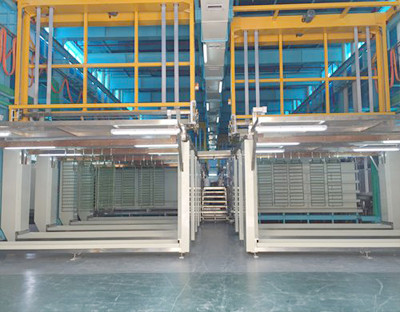What is Anodizing ?
Anodizing (Anodic oxidation) is the electrochemical oxidation of metals or alloys. Aluminum and its alloys form a layer of oxide film on aluminum products (anode) under the action of external current under corresponding electrolyte and specific process conditions. Anodizing, if not specified, usually refers to sulfuric acid anodizing.
In order to overcome the defects of surface hardness and wear resistance of aluminum alloy, expand the scope of application and prolong the service life, surface treatment technology has become an indispensable part in the use of aluminum alloy, and anodic oxidation technology is the most widely used and successful.
Anodizing Principle
The so-called anodizing of aluminum is an electrolytic oxidation process. In this process, the surface of aluminum and aluminum alloy is usually transformed into a layer of oxide film, which has protective, decorative and some other functional characteristics. From this definition, the anodizing of aluminum only includes the process of forming anodic oxide film.
An oxide film is formed on the surface of metal or alloy parts by electrolysis. Metal oxide film changes the surface state and properties, such as surface coloring, improving corrosion resistance, enhancing wear resistance and hardness, protecting metal surface and so on. For example, aluminum anodizing, aluminum and its alloy are placed in the corresponding electrolyte (such as sulfuric acid, chromic acid, oxalic acid, etc.) as the anode for electrolysis under specific conditions and applied current. Anodized aluminum or its alloy forms a thin layer of alumina on the surface, with a thickness of 5 ~ 30 microns, and the hard anodized film can reach 25 ~ 150 microns.The anodized aluminum or its alloy improves its hardness and wear resistance, up to 250 ~ 500 kg / mm2, good heat resistance, the melting point of hard anodized film is up to 2320k, excellent insulation, breakdown voltage resistance is up to 2000V, and enhances the corrosion resistanceω=0.03 NaCl salt spray does not corrode after thousands of hours.The thin oxide film has a large number of micropores, which can adsorb various lubricants and is suitable for manufacturing engine cylinders or other wear-resistant parts;The membrane has strong microporous adsorption capacity and can be colored into various beautiful and gorgeous colors. Non ferrous metals or their alloys (such as aluminum, magnesium and their alloys) can be anodized. This method is widely used in mechanical parts, aircraft and automobile parts, precision instruments and radio equipment, daily necessities and architectural decoration.

Generally speaking, the anode uses aluminum or aluminum alloy as the anode, and the cathode selects the lead plate. The aluminum and lead plate are put together in the aqueous solution, which contains sulfuric acid, oxalic acid, chromic acid, etc. for electrolysis to form an oxide film on the surface of the aluminum and lead plate. Among these acids, the most widely used is anodic oxidation with sulfuric acid.
In addition to metals, the oxidation caused by other substances as anodes is also called “anodizing/anodic oxidation”.
In the actual process, there are many anodizing of aluminum alloy, which can be applied in daily life. It is thought that the characteristics of this process can produce a hard protective layer on the surface of aluminum parts, which can be used to produce Kitchenware and other daily necessities. However, the anodizing effect of cast aluminum is not good, the surface is not bright, and it can only be black. Aluminum alloy profile is better.
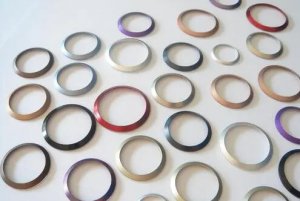
Anodizing Functions
– Protective property
– Decorative
– Insulation
– Improve the adhesion with organic coatings
– Improve the adhesion with inorganic coating
– Other functions under development





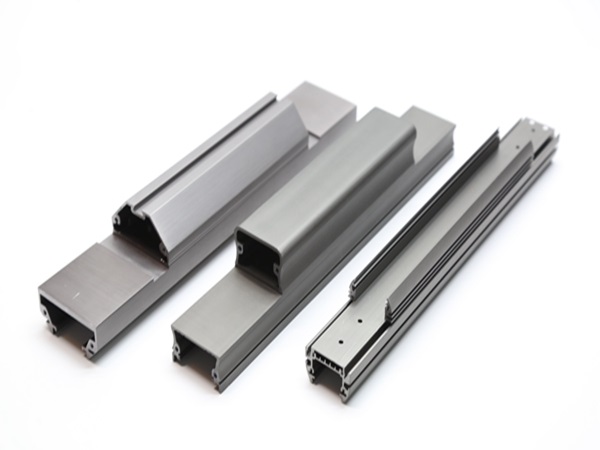
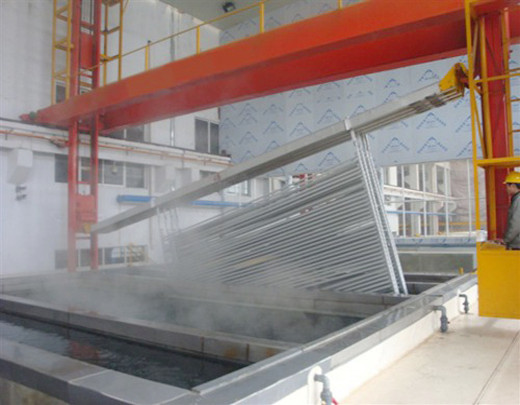
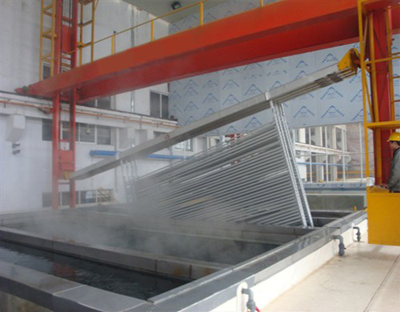
 Jul. 17, 2020
Jul. 17, 2020 